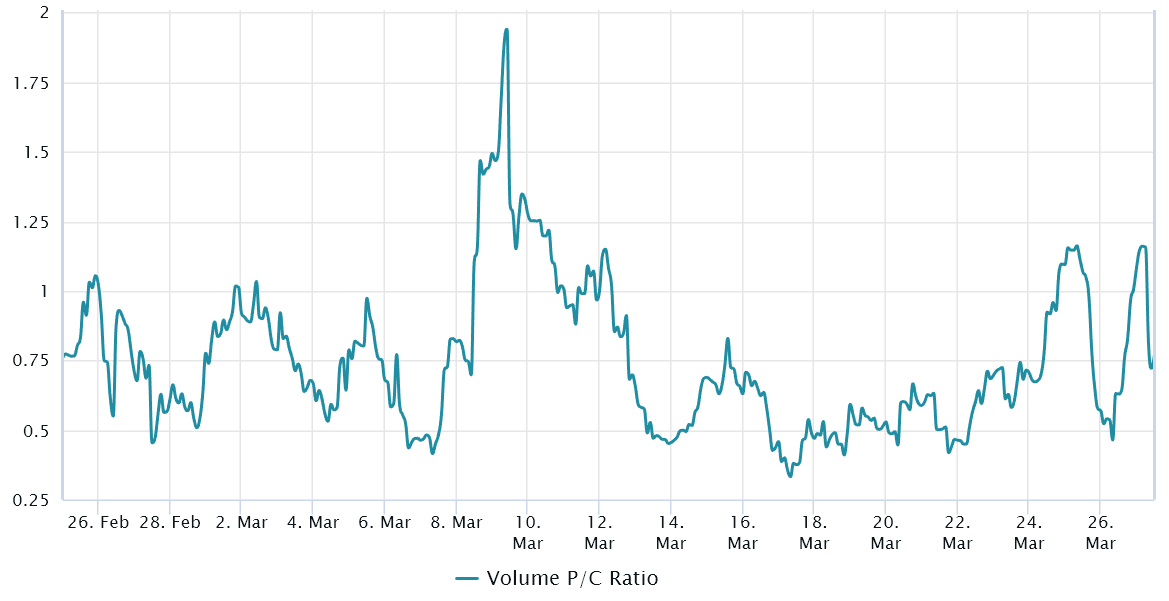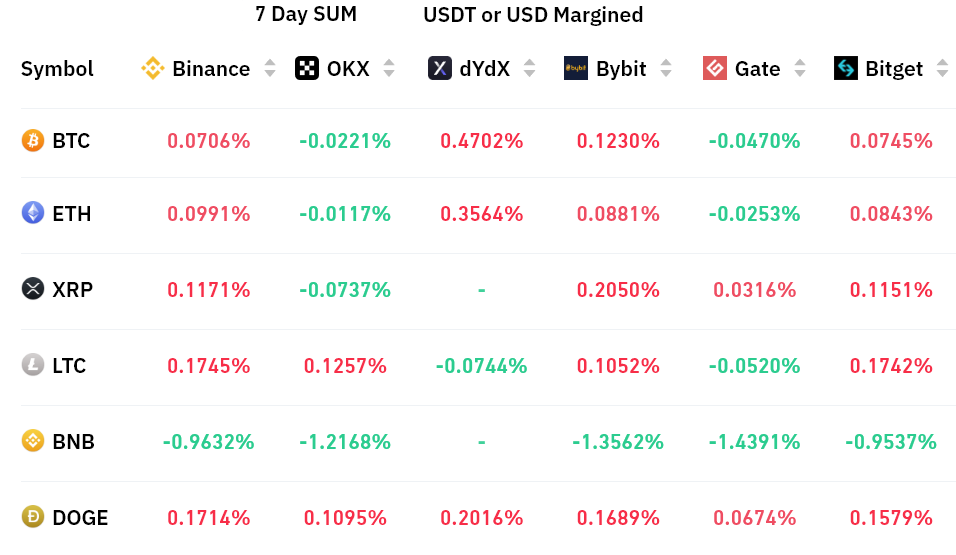After gaining 11% between March 16 and March 18, the total crypto market capitalization has been battling resistance at the $1.2 trillion level. This same level was reached on August 14, 2022 and was followed by a 19.7% decline to $960 billion over the next two weeks. During the lateralization period between March 20 and March 27, Bitcoin (BTC) gained 0.3%, while Ether (ETH) posted modest gains of 1.6%.
One source of favorable short-term momentum is a change in the Federal Reserve’s monetary policy The U.S. Federal Reserve was forced to increase its balance sheet by $393 billion between March 9 and March 23 in order to provide short-term loans to failing banks. The objective of the plan was to reduce inflation, which has significantly impacted the cost of living and ultimately hampered economic expansion in the United States.
The balance sheet reduction runs counter to the central bank’s previous nine-month trend of offloading some of its debt instruments, exchange-traded funds and mortgage-backed securities. The reversion of this strategy is initially bullish for risk assets because the Fed is acting as a lifeline for struggling banks and hedge funds.
On the other hand, the sector’s regulatory risks were exacerbated on March 22 when Coinbase received a Wells notice from the U.S. Securities and Exchange Commission. The exchange’s staking program, some of its digital asset listings, and wallet services could all be targeted by the regulator. Again, the uncertainty stems from not knowing which assets qualify as securities.
These competing forces may have been the primary reason for cryptocurrencies’ narrow trading range near $1.18 trillion between March 17 and March 27. However, derivatives data presents compelling arguments for a rally toward $1.35 trillion and a retest of the $1 trillion threshold.
The total crypto market capitalization has remained stable since March 20, with XRP rallying by 22% and Litecoin (LTC) gaining 17%. XRP’s gains are likely attributable to investors’ expectations that Ripple will prevail in its ongoing legal battle against the SEC. As for Litecoin, analysts point to its upcoming halving in August, when the rewards for mining new blocks will be cut in half.
Options traders are reasonably confident above $1 trillion
Traders can gauge the market’s sentiment by measuring whether more activity is going through call (buy) options or put (sell) options. Generally speaking, call options are used for bullish strategies, whereas put options are for bearish ones.
A put-to-call ratio of 0.70 indicates that put option open interest lags behind the greater number of call options. In contrast, a 1.40 indicator favors put options, which is a bearish sign.

Since March 10, Bitcoin’s put-to-call ratio has been either balanced or favoring neutral-to-bullish call options. Even though Bitcoin’s price has risen by 41% in the past two weeks, options traders indicate they are not increasingly concerned about a price correction.
Related: Will BTC ditch the bear market? 5 things to know in Bitcoin this week
Leverage demand is balanced despite the resistance at $1.2 trillion
Perpetual contracts, also known as inverse swaps, have an embedded rate that is usually charged every eight hours. Exchanges use this fee to avoid exchange risk imbalances.
A positive funding rate indicates that longs (buyers) demand more leverage. However, the opposite situation occurs when shorts (sellers) require additional leverage, causing the funding rate to turn negative.

In the past week, the seven-day funding rate for the majority of the leading cryptocurrencies has been neutral, indicating that no excessive buying leverage has been used to support prices. This translates to firepower for bulls, if necessary, and a significant reduction in liquidation risks.
The only exception was BNB, where short sellers paid 1.25% per week to maintain their positions. Regulatory uncertainty surrounding Binance exchange is likely behind whales’ interest in shorting BNB.
The recent rally appears sustainable from a derivative perspective and bulls are well positioned to defend against future declines. However, given that the crypto price gains may have been fueled by the Fed’s emergency action to avoid a banking crisis, the odds favor further lateral price movement.
The views, thoughts and opinions expressed here are the authors’ alone and do not necessarily reflect or represent the views and opinions of Cointelegraph.



